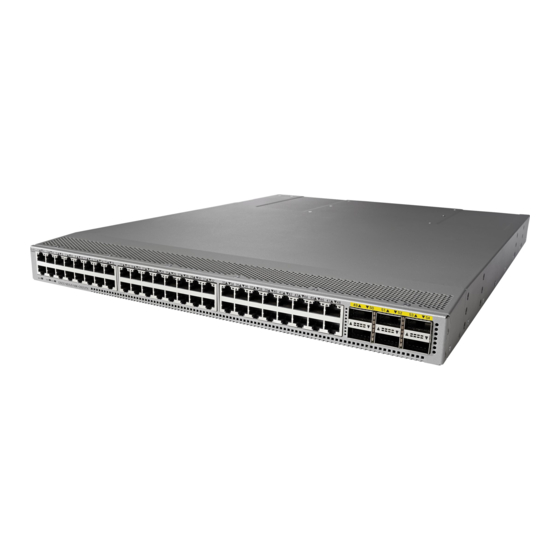
Cisco Nexus 9000 Series Configuration Manual
Nx-os quality of service configuration, release 7.x
Hide thumbs
Also See for Nexus 9000 Series:
- Installation manual ,
- Configuration manual (562 pages) ,
- Troubleshooting manual (126 pages)
Table of Contents
Advertisement
Cisco Nexus 9000 Series NX-OS Quality of Service Configuration Guide,
Release 7.x
First Published: 2015-01-31
Last Modified: 2020-08-31
Americas Headquarters
Cisco Systems, Inc.
170 West Tasman Drive
San Jose, CA 95134-1706
USA
http://www.cisco.com
Tel: 408 526-4000
800 553-NETS (6387)
Fax: 408 527-0883
Advertisement
Table of Contents

















Need help?
Do you have a question about the Nexus 9000 Series and is the answer not in the manual?
Questions and answers